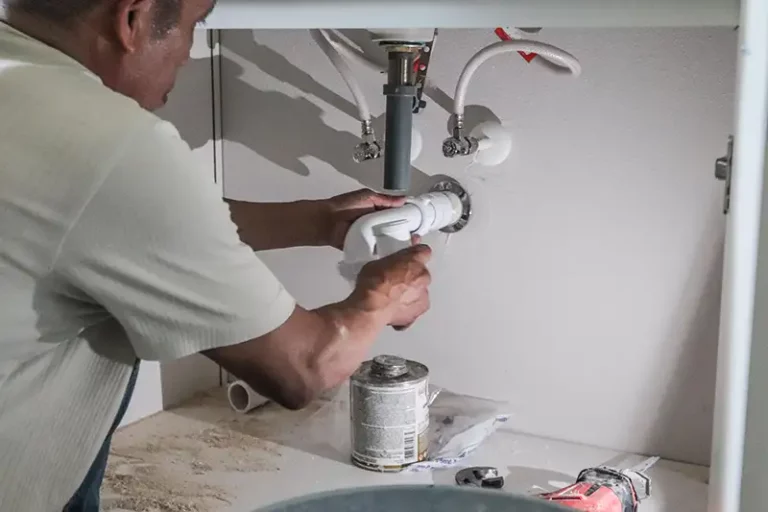
Drip Detection Sensor: Why It's Essential for Tech Professionals
Share
In an era where technology is advancing at breakneck speed, understanding and implementing smart solutions is critical. For tech professionals and enthusiasts, a drip detection sensor is a fascinating subject that merges innovation with practical application. As homes and industries evolve into smarter ecosystems, the demand for efficient drip detection sensors is growing rapidly. These sensors embody the futuristic vision of a world where every drop counts, not only in terms of water conservation but also in maintaining the integrity of infrastructure.
At its core, a drip detection sensor is designed to identify and alert users of water leaks, which can originate from various sources such as faulty plumbing in homes or industrial leakages. The significance of these sensors lies in their capability to preemptively manage water damage, conserve resources, and drastically reduce repair costs. These systems are particularly beneficial in smart homes and industrial setups where precision and efficiency are paramount.

How Does a Drip Detection Sensor Work?
A drip detection sensor operates using a combination of sensors and microcontrollers that continuously monitor the presence of moisture or water in its vicinity. Upon detecting water through its sensitive parameters, it sends a signal or alert to the connected system or personal devices, ensuring quick and effective response to potential leaks.
Several technologies power these sensors, including conductive, capacitive, and ultrasonic methods. Each method has its distinct advantages, offering varying levels of sensitivity and range. For more intricate applications, some sensors are engineered with sophisticated algorithms capable of distinguishing between false alarms and actual leaks, providing additional peace of mind and reliability.
Implementing Drip Detection in Smart Homes
The adoption of drip detection sensors in smart homes has revolutionized how homeowners address potential water damage threats. For instance, a minor leak in a basement or under a sink can go unnoticed until significant damage unfolds. By installing these sensors, homeowners can receive immediate alerts about leaks, allowing for swift action to mitigate any potential risks.
Moreover, these sensors integrate seamlessly with existing home automation systems, empowering users to monitor water usage, track potential issues remotely, and even automatically shut off water valves when a leak is detected. Such advanced interventions significantly enhance the safety and efficiency of smart home systems.
Applications in Industries
Beyond domestic settings, drip detection sensors play a crucial role in industrial environments. Industries dealing with substantial volumes of water, such as manufacturing plants or data centers, rely heavily on these sensors to ensure uninterrupted operations. Water damage in such settings can lead to costly downtimes and equipment loss. Thus, integrating drip detection technology allows companies to proactively manage water usage and prevent catastrophic leaks.
Industries are also leveraging data analytics and machine learning alongside these sensors to predict failures before they occur. This predictive maintenance model is an invaluable asset, reducing unplanned maintenance and extending the lifespan of critical infrastructure.
Choosing the Right Drip Detection Sensor
Selecting the appropriate drip detection sensor involves assessing several factors: the specific environmental needs, the scale of operation, and budget constraints. Sensor sensitivity, connectivity options, and ease of integration into existing systems can also influence purchasing decisions.
Understanding these nuances not only ensures optimal performance but also enhances the user experience. For those embarking on implementing these technologies, sites like Black Forest Plumbing provide invaluable resources and insights into the benefits and potential applications of smart leak detectors.
The Future of Drip Detection Technology
The advancement of drip detection sensor technology signifies a broader trend toward smart, interconnected solutions that enhance efficiency and sustainability. As these technologies continue to evolve, we can anticipate more sophisticated features, including enhanced AI algorithms, advanced communication protocols, and broader integration with other smart systems.
The implications of these advances are vast, influencing sectors from residential to commercial, and catalyzing the movement towards a more sustainable future. As people become more aware of their resource consumption and environmental impact, the demand for these sensors is set to skyrocket.
In conclusion, drip detection sensors are more than just a tool; they are a cornerstone of modern water management and conservation strategies. By embracing these innovations, tech professionals and enthusiasts are at the forefront of a revolution in how we utilize and conserve one of our most precious resourceswater.

FAQs
1. How do drip detection sensors help save water?
Drip detection sensors quickly identify leaks, enabling immediate corrective actions which prevent wastage and potential water damage, thereby saving water.
2. Can these sensors be integrated with other smart home devices?
Yes, most drip detection sensors can seamlessly integrate with other smart home systems, enhancing remote monitoring and automatic responses.
3. Are drip detection sensors expensive to install?
The cost varies based on the sensor type and application scale but generally remains a cost-effective solution when considering the potential savings from avoided damage and resource waste.
